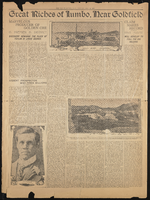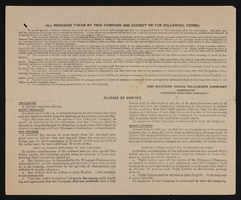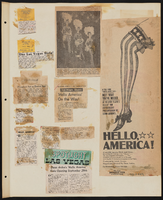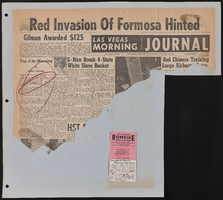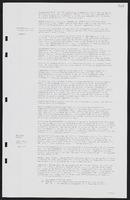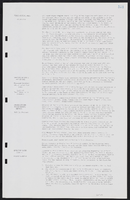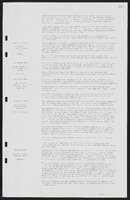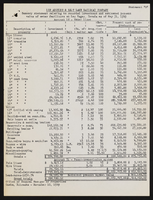Search the Special Collections and Archives Portal
Search Results

Meeting minutes for Consolidated Student Senate University of Nevada, Las Vegas, October 27, 1994
Date
1994-10-27
Archival Collection
Description
Includes meeting agenda and minutes, along with additional information about senate bill drafts. CSUN Session 24 Meeting Minutes and Agendas.
Text
Pagination
Refine my results
Content Type
Creator or Contributor
Subject
Archival Collection
Digital Project
Resource Type
Year
Material Type
Place
Language
Records Classification

